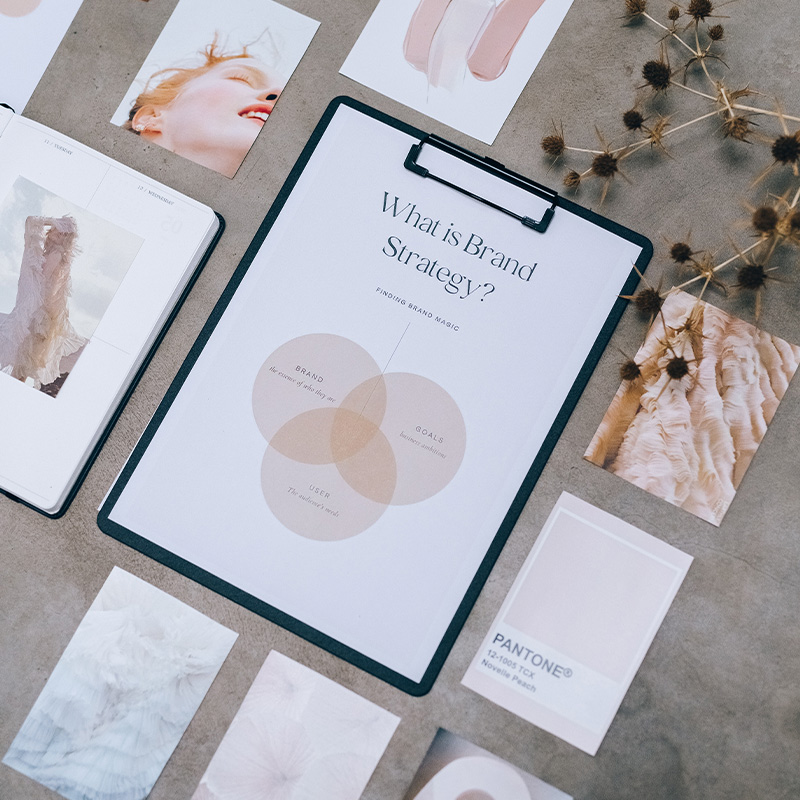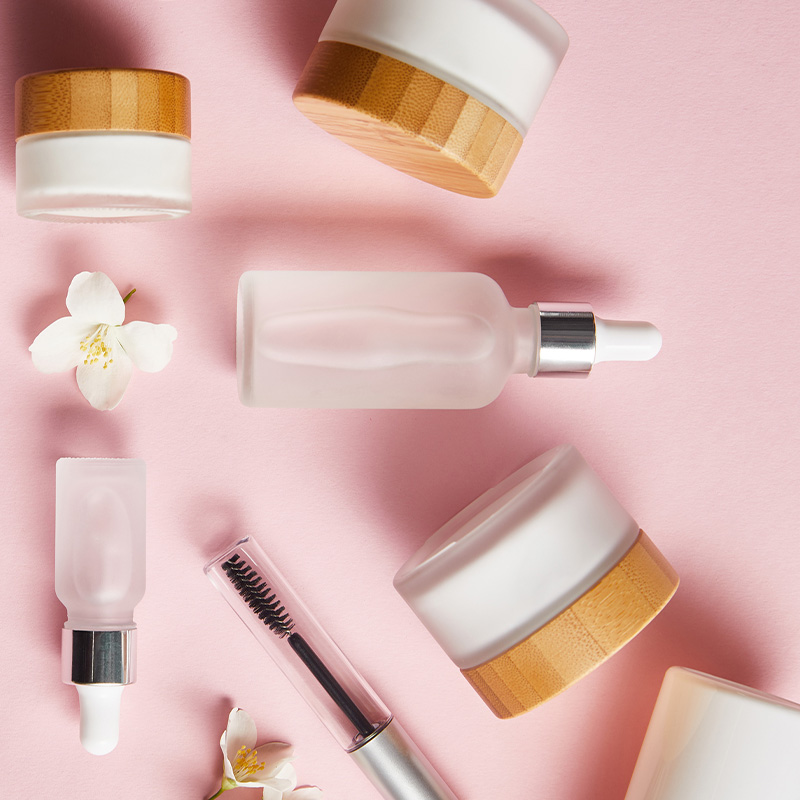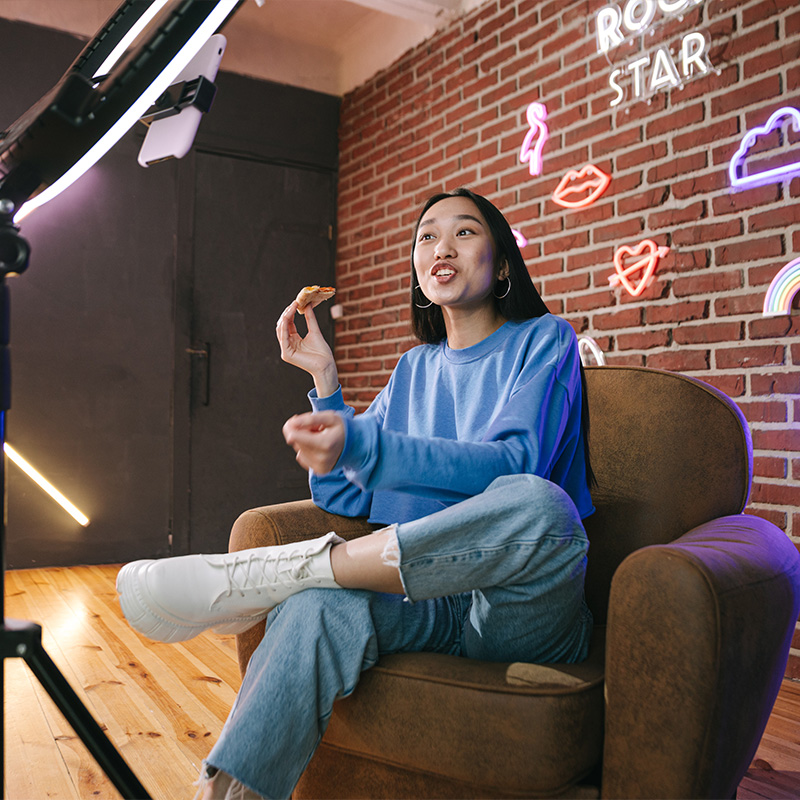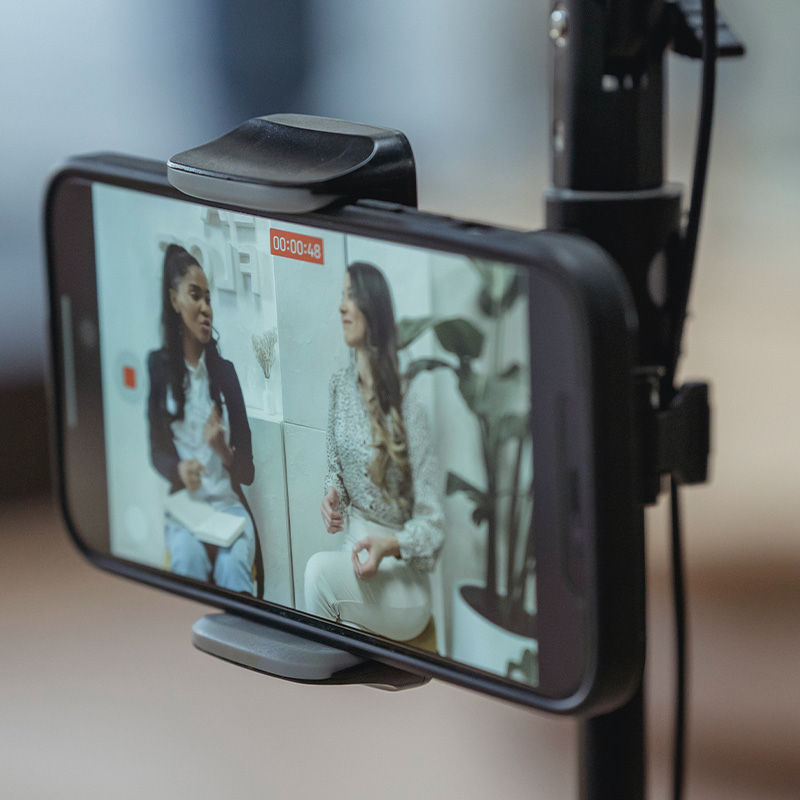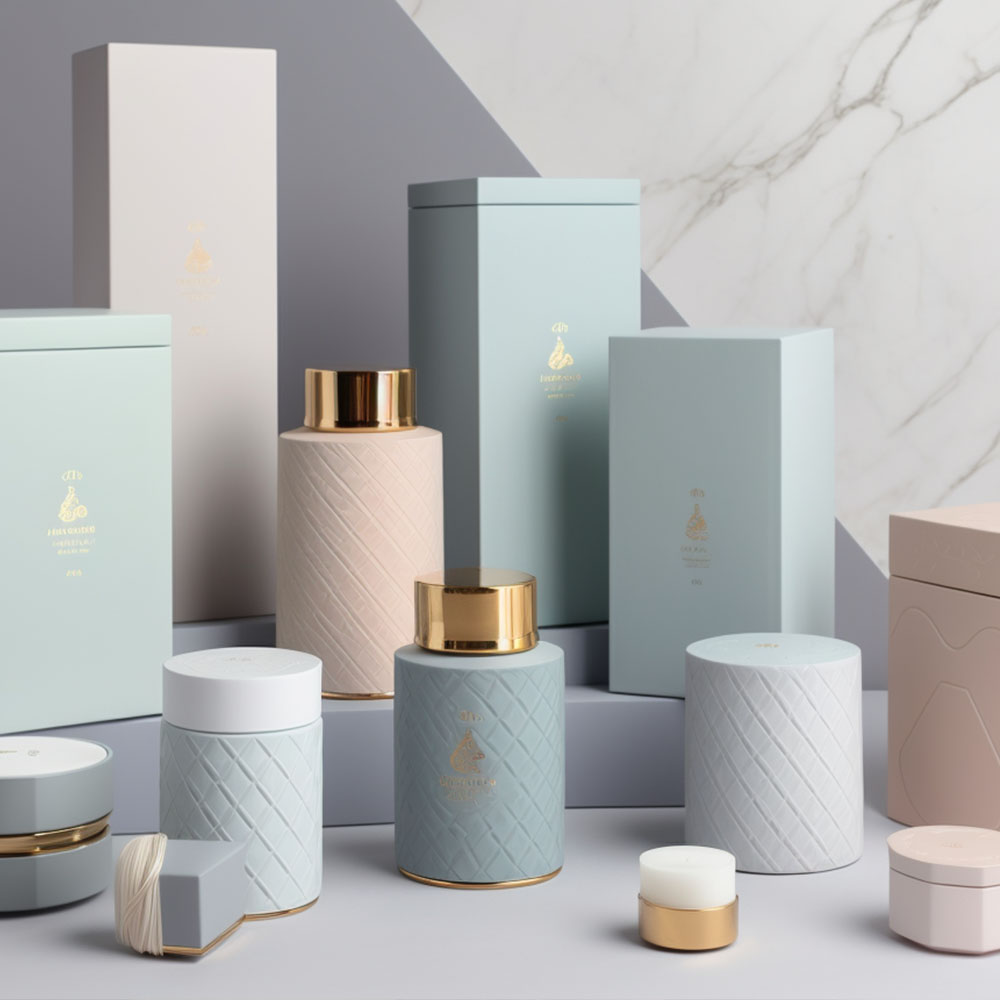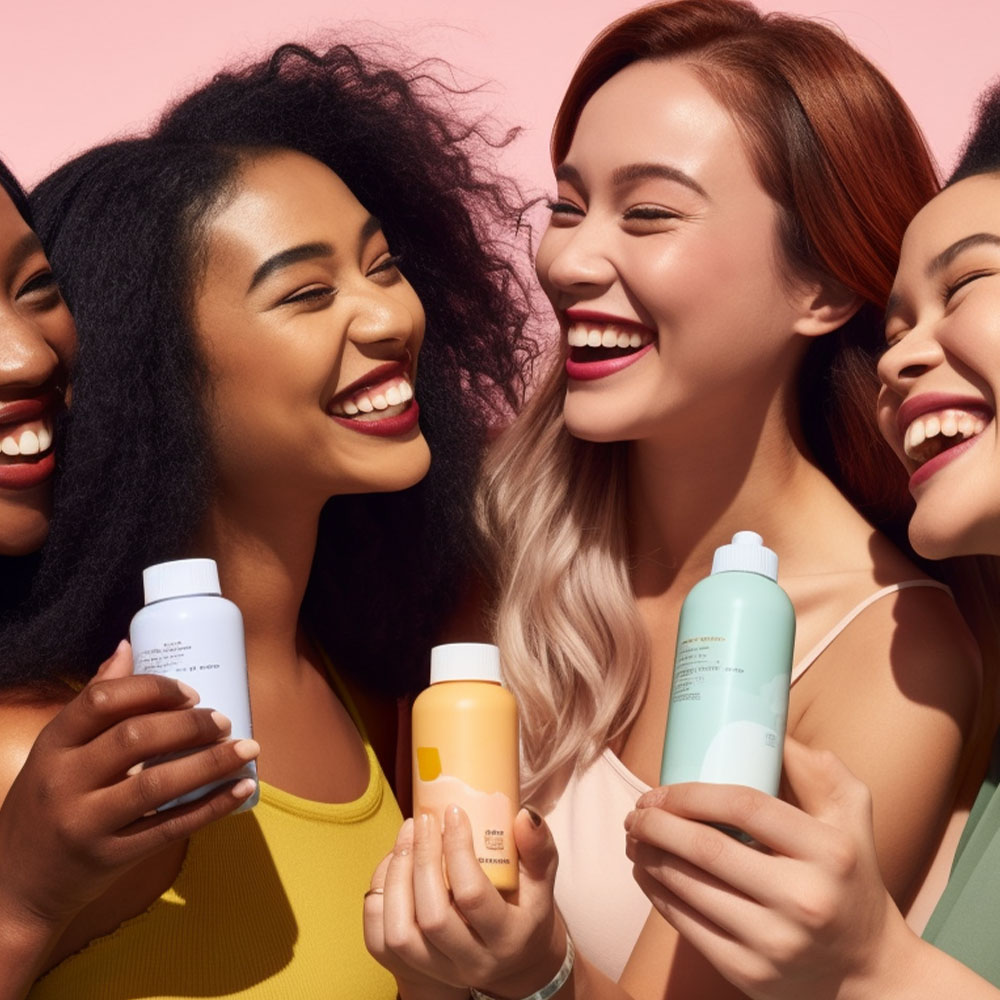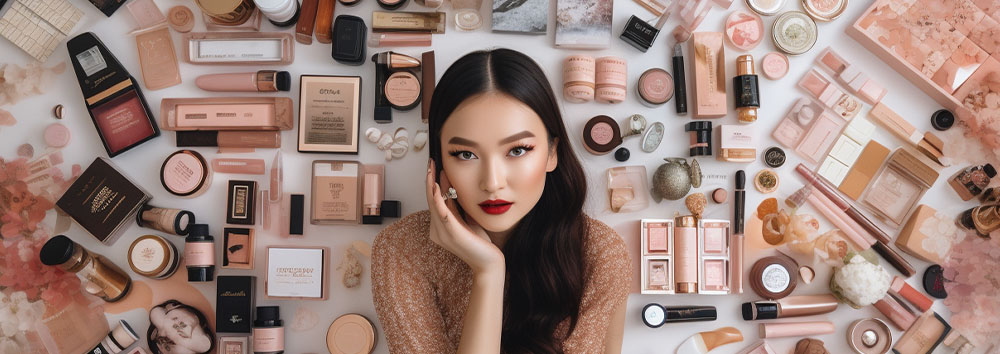
Hey there, beauty brand enthusiasts! Are you looking to take your business to the next level? One of the most effective strategies for scaling up is through influencer marketing. In this article, we’ll showcase some case studies demonstrating how partnering with influencers can help expand your reach and grow your customer base.
At its core, influencer marketing is all about leveraging the power of social media personalities who have built a loyal following among your target audience. By collaborating with these individuals, you can tap into their influence and credibility to authentically promote your products and services. When done right, influencer marketing has been shown to drive higher engagement rates than traditional advertising methods, making it a smart choice for any beauty brand seeking to stay ahead of the curve. So without further ado, let’s dive into some real-world examples of how successful brands use this strategy to achieve their growth goals!
Understanding Influencer Marketing
Have you ever wondered how to make your beauty brand stand out in a crowded market? The answer is simple: influencer marketing. Think of an influencer as the perfect shade of lipstick that complements your skin tone flawlessly. Like how makeup enhances one’s natural features, influencers can amplify your brand’s reach and engage with potential customers.
However, it’s important to note that not all influencers are created equal. Therefore, authenticity should be at the forefront of any partnership decision. Consumers want to see genuine partnerships between brands and influencers they follow. For example, 63% of consumers say they would only buy from a brand if the influencer promoting them seems authentic (source). Therefore, brands need to carefully vet their potential partners and ensure a strong alignment between both parties’ values and messaging.
Another crucial factor in successful influencer marketing campaigns is compensation. It’s no secret that influencers work hard for their content creation and promotion efforts, so fair payment for services rendered is non-negotiable. However, determining what constitutes “fair” compensation can vary widely depending on factors such as follower count, engagement rates, industry niche, and deliverables agreed upon by both parties.
In conclusion, understanding the importance of influencer authenticity and fair compensation is crucial in building mutually beneficial relationships with these influential social media tastemakers. By partnering with the right influencers who have authentic connections with your target audience while paying them fairly for their contributions, you’ll set yourself up for success in scaling your beauty brand through influencer marketing strategies.
Defining Your Target Audience
Before diving into influencer marketing, it is essential to define your target audience. This process involves creating buyer personas and conducting market segmentation research. By understanding who your ideal customer is, you can tailor your messaging and influencer partnerships to resonate with their needs and desires.
Creating a buyer persona involves identifying critical demographic information such as age, gender, location, income level, education level, and more. Additionally, researching psychographic traits like values, interests, beliefs, and attitudes toward beauty products will help create a clearer picture of the type of person interested in purchasing your brand’s products.
Market segmentation research allows further refinement of the target audience by grouping customers based on specific characteristics or behaviors that impact their buying decisions. For instance, some people may prioritize sustainability when choosing beauty products, while others might be drawn to scents and packaging.
To evoke emotion in our audience during this targeting process, we recommend the following:
- Acknowledge common pain points that they face when shopping for beauty products
- Highlight how our brand’s values align with theirs.
- Use language that empowers them rather than shaming them.
By defining your target audience through buyer personas and market segmentation research and using emotional appeals within your messaging strategy—your brand will be better positioned to succeed in influencer marketing campaigns.
Identifying Potential Influencers
Identifying Potential Influencers is the first step toward a successful influencer marketing campaign. It’s like finding a needle in a haystack, but with social media data at our fingertips, it has become easier to spot potential influencers who fit your brand image.
To begin with, you need to define what type of influencer suits your brand’s audience and values. Look for someone who aligns with your product’s features and benefits while resonating with your target demographic. Once you have defined this criterion, use BuzzSumo or HypeAuditor to search for influencers within that niche.
The next stage involves evaluating their authenticity and engagement levels. This step requires time and effort since many influencers use fake followers or bots to increase their metrics artificially. You can identify this by analyzing their follower count versus the number of likes/comments they receive per post. The higher the discrepancy between these two figures, the more likely they are using fraudulent practices.
After identifying authentic influencers, developing an outreach strategy is crucial. A personalized approach is always better than generic messages sent en masse – so take time to understand each influencer’s style and craft an email that reflects that knowledge. Your initial message should be short yet informative; outline why you chose them specifically and how partnering will benefit both parties.
Identifying potential influencers may seem daunting initially, but remember: quality over quantity is vital when selecting individuals to represent your brand online! By taking the necessary steps outlined above, you’ll be able to find genuine partners willing to collaborate on campaigns that drive actual results. Remember that building relationships take time and persistence – keep working on refining your process until you achieve optimal success!
Building Relationships With Influencers
- Identifying influencers is critical to successful influencer marketing; we must find those with a large, engaged audience and well-aligned with our brand.
- Establishing connections with influencers is the next step toward success; we must communicate our message and values clearly.
- Engaging with influencers’ audiences is essential to build relationships with them; this involves creating content that resonates with their followers.
- To maximize success, we should identify multiple influencers who can help spread our message.
- We must consistently and persistently build relationships with influencers and their audiences.
- By taking a data-driven approach to influencer marketing, we can gain valuable insights into what resonates with our target audience.
Identifying Influencers
Looking for the right influencers to partner with is crucial in scaling your beauty brand through influencer marketing. It’s not just about finding someone with a large following but also identifying those who align with your brand values and have an authentic connection to their audience. Effective outreach starts with understanding what content resonates well with them, such as whether they prefer video or written reviews.
When identifying influencers, it’s essential to consider their authenticity. Consumers are becoming more discerning about sponsored posts and can quickly spot when an influencer only promotes a product for financial gain. Instead, look for influencers who genuinely use and believe in your products. Their endorsement will come across as much more sincere and trustworthy, leading to better engagement from their followers.
One way to identify potential influencers is by researching hashtags relevant to your brand on social media platforms like Instagram and Twitter. Then, look at the top posts using these hashtags and take note of the users behind them. You can also search for bloggers within your niche or industry to see if they promote similar brands. Additionally, keep an eye out for emerging talents – smaller accounts that show promise in creativity and engagement may be worth reaching out to early on.
Successful influencer partnerships rely on effective outreach methods prioritizing authenticity over mere follower count. By doing thorough research into potential partners based on criteria like genuine usage of products or alignment with brand values, you’ll be able to build relationships that genuinely resonate with existing customers and new audiences alike.
Establishing Connections
Now that we’ve discussed the importance of finding authentic influencers let’s talk about how to establish connections with them. One effective way is through networking events – these provide an excellent opportunity to meet potential partners in person and build relationships beyond just online interactions. Research industry-specific events or conferences where your brand can connect with influencers who align with your values and target audience.
If you don’t have access to networking events, cold outreach can also be effective for building relationships with potential influencers. Start by identifying individuals who would fit your brand well, then reach out via email or direct message on social media platforms. Personalize each message by highlighting why you think they’d be a great partner for your brand and what specific products or campaigns you’re interested in collaborating on.
When reaching out to potential partners, it’s important to remember that influencer partnerships are mutually beneficial. Offer something of value in return, such as exposure on your brand’s social media channels or even compensation if the budget allows. Be transparent about what you’re looking for from the partnership and listen to their ideas – this will help foster a collaborative relationship that benefits both parties.
Finally, maintaining those relationships is vital once you’ve established connections with influencers. Keep communication open and consistent, whether checking in after a campaign has ended or sending new product launches before they hit the market. Building solid relationships with influencers based on mutual trust and respect will create long-term partnerships that drive meaningful results for your beauty brand.
Engaging With Audience
Now that we’ve talked about connecting authentically with influencers let’s shift our focus to fostering loyalty among our audience. Engaging with the right audience is as important as finding the right influencer partner. As a beauty brand, it’s essential to understand your target market and what drives their purchasing decisions.
To engage with your audience authentically, start by creating content that resonates with them. For example, share stories of real people who have benefited from using your products or feature user-generated content that showcases how customers are incorporating your products into their daily routines. By highlighting these stories, you’re strengthening connections between your brand and your audience and building trust.
Another effective way to engage with your audience is by leveraging social media platforms. Platforms like Instagram provide an opportunity for two-way communication between brands and consumers. Responding promptly to comments and direct messages can help build relationships based on mutual respect and understanding.
Finally, hosting events or meetups can be another powerful way to connect with your audience face-to-face. These events allow you to showcase new product launches, offer exclusive promotions and giveaways, and allow attendees to interact directly with your team members.
In conclusion, connecting authentically with influencers is crucial for any successful beauty marketing strategy; however, engaging with the right audience is equally important. By sharing authentic stories through various channels such as social media platforms and live events, you’ll foster loyalty amongst your followers which can ultimately drive long-term success for your brand.
Crafting Effective Campaigns
Effective influencer marketing campaigns are multifaceted and require careful planning and execution. The first step in creating an impactful campaign is identifying your target audience and determining which social media platforms they frequent the most. Once you’ve identified your target audience, it’s important to select influencers with audiences that align with yours.
Creating engaging content is critical to capturing the attention of potential customers. Whether through visually appealing photos or informative videos, creating content that resonates with your audience is crucial. In addition to producing quality content, leveraging social media platforms can amplify its reach by utilizing features such as Instagram stories or TikTok challenges.
Another critical factor in crafting effective campaigns is establishing clear goals and metrics for success. For example, are you looking to increase brand awareness or drive sales? Setting measurable objectives will allow you to track progress and optimize strategies accordingly.
Lastly, building relationships with influencers beyond one-off collaborations can lead to long-term success. Consistently working with the same influencers allows for a more authentic partnership and strengthens brand loyalty among their followers.
Bullet Point List:
- Identify target audience & social media platforms
- Partner with relevant influencers
- Create engaging content
- Leverage social media platform features
- Establish clear goals & metrics
By following these steps and incorporating innovative tactics into your campaigns, your beauty brand can successfully scale through influencer marketing. Authenticity and creativity are key when connecting with today’s consumers on social media platforms!
Measuring Success Metrics
I’m excited to talk about the importance of measuring success metrics when scaling your beauty brand through influencer marketing. Let’s start by discussing engagement metrics – what kind of engagement is your influencer driving, and how does it compare to your internal benchmarks? Then, we can talk about analyzing reach – what type of audience is your influencer connecting with, and how does it align with your brand goals? Finally, let’s examine how to measure ROI and optimize your influencer marketing campaigns for success.
Measuring Engagement
We should measure engagement as one of the most critical success metrics. It’s not enough to have a large following; what matters more is how engaged your audience is with your content. To do this effectively, we need to use analytics tools to track key metrics such as likes, comments, shares, and conversion rates.
Analytics can help us understand which types of content resonate best with our audience. For example, if we see that our tutorials on skincare routines are getting higher engagement than makeup tutorials, it might be time to shift our focus toward skincare content. Additionally, measuring conversion rates can give us insight into whether or not our influencer partnerships are driving sales for our products.
It’s important to note that engagement isn’t solely about numbers – it also reflects the relationship quality between the brand and its audience. By paying attention to the tone and sentiment in comments and direct messages, we can gain valuable insights into how consumers perceive our brand and adjust accordingly.
In conclusion, while follower count may seem like a vanity metric at first glance, measuring engagement through analytics tools can provide invaluable data for scaling your beauty brand through influencer marketing. By understanding which types of content resonate best with your audience and utilizing feedback from comments and DMs, you can build stronger relationships with your followers while increasing conversions for your products.
Analyzing Reach
Now that we’ve discussed the importance of measuring engagement let’s dive into another crucial success metric: reach. As a beauty brand/influencer marketing content strategist, it’s essential to understand how far your message is spreading and who it’s reaching.
One way to analyze reach is through influencer pricing. By tracking how much influencers charge for sponsored posts, you can get an idea of their audience size and engagement levels. This information can help inform your decision-making process when selecting which influencers to partner with to maximize reach.
Another method for analyzing reach is through ROI analysis. By calculating the return on investment for each campaign or piece of content, you can determine if it was worth the resources invested in creating and promoting it. In addition, this data can guide future decisions about where to allocate the budget for maximum impact.
It’s important to note that while reach is a critical component of measuring success metrics, it shouldn’t be the only focus. Just because something has many impressions doesn’t necessarily mean it’s effective at driving sales or building relationships with your audience. It’s all about finding the right balance between quantity and quality.
In conclusion, analyzing reach requires a multifaceted approach that incorporates quantitative data (such as influencer pricing and ROI analysis) and qualitative insights (such as consumer feedback). By understanding who your message is reaching and how they respond, you can make informed decisions about scaling your beauty brand through influencer marketing. Remember – it’s not just about getting seen by as many people as possible; it’s about making meaningful connections with those most likely to become loyal customers.
Sephora x Huda Kattan
After measuring the success metrics of your influencer marketing campaign, it’s time to take a look at Sephora’s collaboration with Huda Kattan. This partnership was one of the most successful examples of an influencer strategy in the beauty industry. Huda Kattan is a renowned makeup artist and beauty blogger who has built a massive following on social media platforms like Instagram and YouTube.
In 2018, Sephora collaborated with Huda Kattan to launch her Huda Beauty brand exclusively in their stores. The result was phenomenal. Within six months, Huda Beauty became Sephora’s top-selling cosmetics line worldwide. At its peak, one lipstick from the collection sold every two minutes online.
This success can be attributed to several factors. Firstly, Huda Kattan had already established herself as an authority figure in the beauty world long before partnering with Sephora. As a result, her followers trust her opinion and recommendations regarding all things beauty-related. Secondly, by launching the brand exclusively with Sephora, there was a sense of exclusivity surrounding the products, creating hype among consumers.
The Strategy
As for Sephora’s influencer strategy, this partnership allowed them to tap into Huda Kattan’s loyal fan base and reach new audiences through her social media channels. By leveraging her influence as an expert in the beauty field and taking advantage of her popularity on social media platforms such as Instagram and YouTube, they were able to drive sales and generate buzz around the launch.
| Emotion | Reaction |
|---|---|
| Excitement | 😍 |
| Trust | 🤝 |
| Exclusivity | 💎 |
Looking at this table above evokes excitement because everyone wants something that makes them feel special or unique; trust because people want brands they believe will not deceive them; exclusivity because having something exclusive feels luxurious or VIP-like. These emotions drove customers towards purchasing Huda Beauty products, and Sephora’s influencer strategy was crucial in making it happen.
Sephora’s partnership with Huda Kattan is a perfect case study for any beauty brand looking to scale through influencer marketing. By leveraging an established authority figure in the industry and creating exclusivity around their collaboration, they generated massive hype and drove sales. This successful campaign shows that influencer marketing can be incredibly effective.
Glossier X Emily Weiss: A Match Made In Heaven
Step into the time machine with me, back to 2014. Emily Weiss, a former fashion assistant at Vogue, started Glossier as an online beauty blog. What was once a side hustle quickly became a cult-favorite brand now valued at over $1 billion. So how did she do it? With a strong brand strategy and entrepreneurial mindset.
Weiss knew her audience wanted more than skincare products – they craved an experience. So, she created a community-driven approach where customers had a say in product development and Glossier’s overall direction. This fostered customer loyalty and made them feel part of something bigger than themselves.
To take things up a notch, Weiss leveraged influencer marketing by partnering with micro-influencers who embodied the same values as Glossier. These influencers were real people with diverse backgrounds and skin types, which helped showcase the brand’s inclusion. As a result, word-of-mouth buzz around Glossier grew exponentially.
If you’re looking to scale your beauty brand through influencer marketing, take notes from Glossier and Emily Weiss’ playbook:
- Create an authentic connection with your audience by involving them in your brand’s journey.
- Consider launching user-generated content campaigns or hosting focus groups for feedback.
- Partner with influencers who align with your brand values rather than solely focusing on follower count.
- Micro-influencers can have higher engagement rates and be more cost-effective for smaller budgets.
Remember: building a successful beauty brand takes time and effort. But if you have an entrepreneurial mindset coupled with strategic partnerships (like Glossier x Emily Weiss), the sky’s the limit!
How Fenty Beauty Partnered With Rihanna
As we saw in the previous section, Glossier’s partnership with Emily Weiss was a match made in heaven. Now let’s look at how Fenty Beauty leveraged Rihanna’s brand to skyrocket their success.
Celebrity endorsements have been around for decades, but they are still one of the most effective ways to reach new audiences and increase sales. However, not all celebrity partnerships are created equal. What sets Fenty Beauty apart is its emphasis on authenticity and inclusivity. By partnering with Rihanna, a singer known for her bold fashion choices and unapologetic attitude, the brand was able to tap into an audience that craves diversity and individuality.
But it wasn’t just about putting Rihanna’s face on the packaging. Fenty Beauty worked closely with the star to develop products that reflected her makeup preferences and catered to women of all skin tones. From foundation shades that spanned 40 different hues to highlighters that complemented darker complexions, Fenty Beauty proved that creating high-quality makeup for everyone was possible.
Of course, leveraging a personal brand isn’t always easy. It requires careful consideration of both the influencer’s values and your own brand identity. But when done right, it can be incredibly powerful. For beauty brands looking to make waves in today’s market, working with influencers who embody uniqueness and inclusivity may be the key to unlocking unlimited potential.
By focusing on authenticity rather than simply using a famous face as a marketing tool, Fenty Beauty has disrupted the industry and set new standards for what it means to connect with consumers through influencer marketing. As you consider your strategy moving forward, remember: it’s not about finding any old celebrity ambassador – it’s about finding someone who embodies your brand’s mission and vision. With this approach in mind, there’s no limit to where you can go next!
Lessons Learned From Successful Brands
When scaling your beauty brand through influencer marketing, some key lessons can be learned from successful brands. One of the most critical factors is influencer selection. Choosing the right influencers with a loyal following and authentic engagement can make or break your campaign’s success.
Another lesson is campaign customization. Tailoring your campaigns to fit each influencer’s audience and personal brand is crucial for maximizing reach and engagement. This means creating unique content that aligns with your brand values and the influencer’s aesthetic.
Successful brands have also learned the importance of building long-term relationships with their chosen influencers. Consistent collaborations strengthen these partnerships over time and create a sense of trust and credibility among followers.
Finally, tracking and analyzing metrics throughout each campaign allows continuous improvement and optimization. Measuring everything from engagement to conversion rates provides valuable insights into what works best for your brand and target audience.
By incorporating these lessons into your influencer marketing strategy, you, too, can successfully scale your beauty brand in today’s competitive market. Remember to choose wisely when selecting influencers, customize campaigns to fit their audiences, build lasting relationships, and track performance metrics consistently for ongoing growth.
Conclusion
In conclusion, influencer marketing is a powerful tool for scaling your beauty brand. By defining your target audience and identifying potential influencers, you can build relationships and craft compelling campaigns that resonate with your consumers. The key to success lies in authenticity and collaboration.
As a beauty brand/influencer marketing content strategist, it’s important to remember that every partnership should be unique and tailored to the individual needs of both parties. Whether it’s Sephora collaborating with Huda Kattan, Glossier teaming up with Emily Weiss, or Fenty Beauty partnering with Rihanna – each successful campaign teaches us valuable lessons about building trust, fostering creativity, and delivering meaningful messages to our audiences through influential voices. So go forth and create magic!
Start your influencer marketing with us. Click here.

